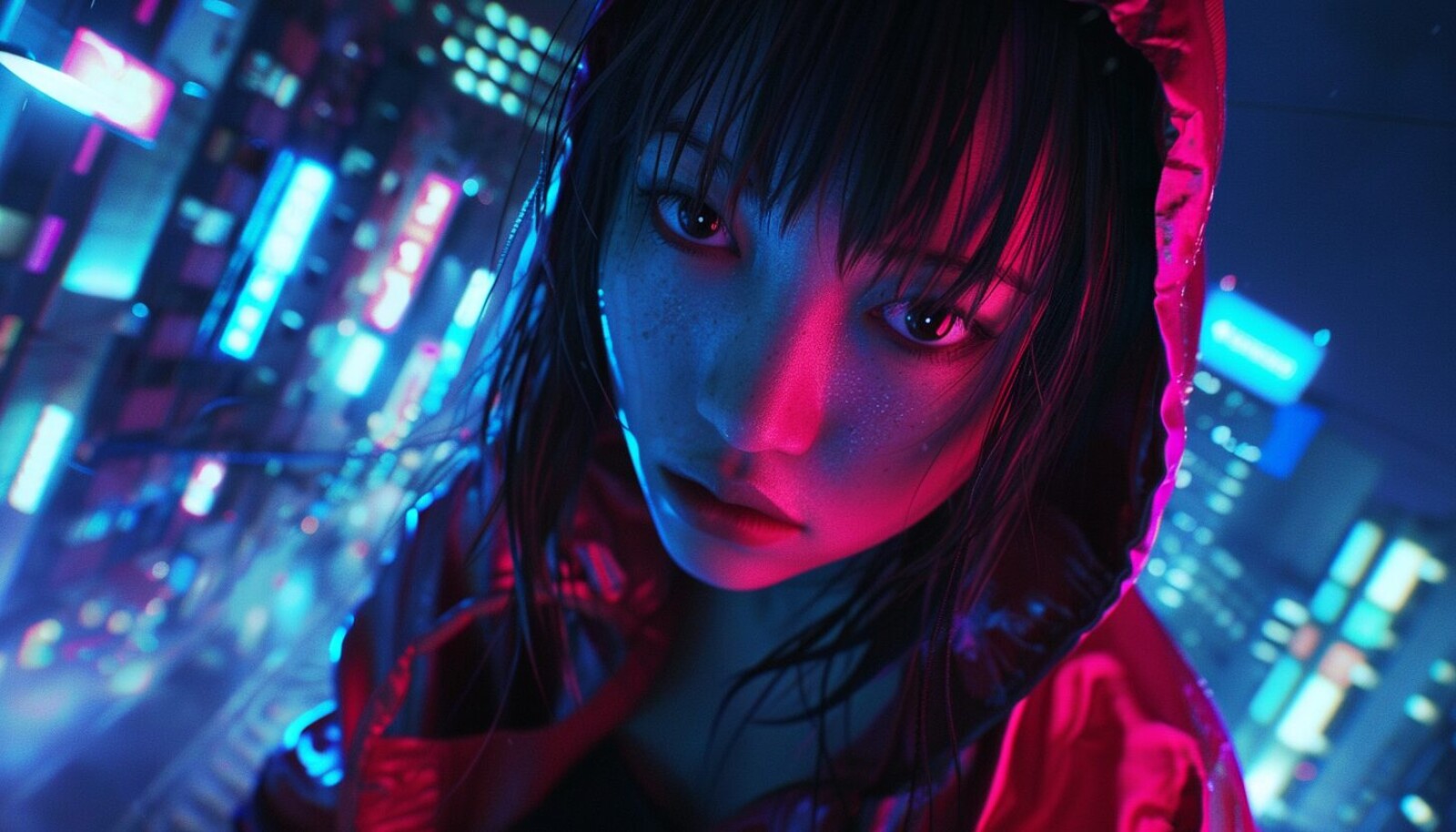
Isabella Chainmore
The Dawn of Web3 Gaming: Transforming the Digital Playground

The integration of blockchain technology into gaming, commonly referred to as Web3 gaming, is poised to transform the industry by offering new ways for players to engage with games and monetize their experiences. This evolution is not merely a technical upgrade but a fundamental shift in how games are developed, played, and perceived.
Web3 gaming leverages decentralized technologies to provide players with true ownership of in-game assets through non-fungible tokens (NFTs). These tokens can represent anything from characters and items to virtual real estate, all of which players can buy, sell, or trade on various marketplaces. This shift towards player-owned economies is redefining the gaming landscape, making it possible for gamers to earn real value from their in-game activities.
The Current State of Web3 Gaming
The current landscape of Web3 gaming is diverse and rapidly expanding. A report by Cointelegraph highlights the top 20 blockchain games, showcasing a variety of genres and gameplay mechanics that utilize blockchain technology. These games range from traditional genres like role-playing and strategy to innovative concepts that blend gaming with financial incentives, known as GameFi.
GameFi, a fusion of gaming and decentralized finance (DeFi), allows players to earn cryptocurrency rewards for their in-game achievements. This model, often referred to as play-to-earn (P2E), has seen significant growth, with popular games like Axie Infinity leading the charge. However, the industry is evolving beyond P2E towards more sustainable and engaging models such as play-to-own and play-and-earn, which focus on long-term player engagement and asset ownership.
Industry Insights and Predictions
Industry leaders are optimistic about the future of Web3 gaming. Henry Chang, CEO of Wemade, predicts an increase in blockchain-based games in 2024, with developers experimenting with more sophisticated blockchain elements in gameplay. Chang believes that as developers gain experience, they will create more diverse and immersive Web3 gaming experiences.
Bartosz Skwarczek, CEO of G2A Capital Group, foresees greater collaboration between traditional gaming companies and Web3 startups. He emphasizes that improved accessibility and user-friendly interfaces will attract a broader audience to Web3 games. Skwarczek also highlights the potential of NFTs in enhancing the gaming experience, predicting that a high-quality, Triple-A Web3 game could be the catalyst for mainstream adoption.
Challenges and Opportunities
Despite its potential, Web3 gaming faces several challenges. One of the primary hurdles is the complexity of blockchain technology, which can be daunting for both developers and players. Simplifying the integration of blockchain elements into games and making these elements intuitive for players is crucial for broader adoption.
Johnson Yeh, CEO of Ambrus Studio, points out that the free-to-play model, exemplified by games like Counter-Strike, could thrive in the Web3 space by incorporating unique, verifiable skins on smart contracts. This model not only preserves the value of in-game assets but also allows for new revenue streams and community engagement.
The potential of user-generated content (UGC) is another significant opportunity for Web3 gaming. Platforms like The Sandbox and Roblox have already shown the power of UGC in traditional gaming. In a Web3 context, UGC can empower creators by providing them with ownership and monetization opportunities through blockchain technology.
The Future of Web3 Gaming
Looking ahead, the future of Web3 gaming appears promising. Industry experts believe that blockchain technology can unlock new value for users by enhancing the gaming experience and providing players with more control over their digital assets. This user-centric vision is seen as a key driver for the mass adoption of Web3.
Innovations in virtual reality (VR) and augmented reality (AR) are also expected to play a significant role in the evolution of Web3 gaming. The upcoming release of the Apple Vision Pro VR headset, for instance, is anticipated to lower the cost of VR hardware and make immersive gaming experiences more accessible.
Conclusion
Web3 gaming represents a paradigm shift in the gaming industry, offering new ways for players to engage with games and monetize their experiences. With the continued development of blockchain technology and increasing collaboration between traditional gaming companies and Web3 startups, the future of Web3 gaming looks bright. As the industry overcomes its challenges and embraces new opportunities, it is set to create a more inclusive and rewarding gaming ecosystem for players worldwide.













